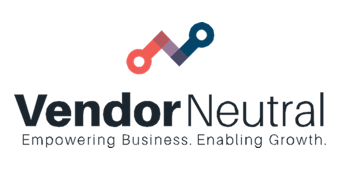
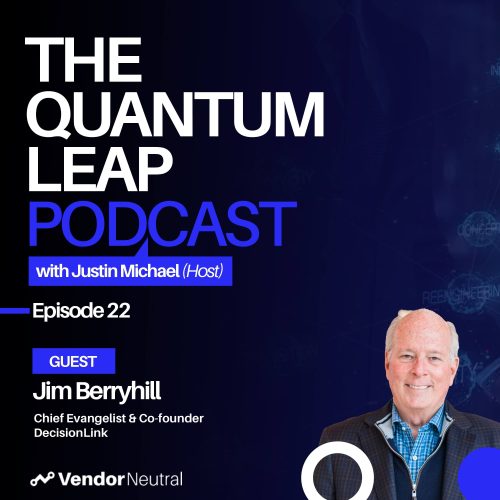

Customer Value Management | 4 Opportunities For Massive Growth
Episode 22 -
Jim Berryhill
Chief Evangelist & Co-Founder of DecisionLink
Read Full Transcript
Customer Value Management | 4 Opportunities For Massive Growth
Customer value is the most valuable asset of any company. Your customers and the value you’ve delivered to them is the reason they’re customers. How do you make enterprise customer value management a reality? Listen as Justin Michael, Vendor Neutral’s Futurist speaks with Jim Berryhill, DecisionLink’s Evangelist about moving beyond traditional ROI calculators, developing the ability to scale on anything, and four opportunities for massive growth in Customer Value Management.
Justin Michael Welcome back to the Quantum Leap podcast on Vender Neutral in the Neutral Zone, I’m Justin Michael doing my best William Shatner impression, and today we have Jim Berryhill, who’s the Founder and Executive Chair and Chief Evangelist of DecisionLink. How are you, Jim?
Jim Berryhill Doing great, Justin; glad to be here, and thank you for the opportunity to share.
Justin Michael Yeah, I’m excited for you to be on the show. You recommended some technology to me about ten years ago and had a major impact on my career. But this show is all about you, so we’d love to get an update on what you’re doing in the realm of enterprise technology. And yeah, let’s start with that.
Jim Berryhill Yeah, great. So thank you, and glad I was able to help at that point in the past. So in my career, prior to founding DecisionLink, I spent about 30 years in sales and sales management, and probably my passion in that time, whether I was managing ten people or a thousand, was to connect with customer value. And at the end of the day, if you think of customers and buyers have projects that they are trying to implement and make successful in order to benefit key drivers for their businesses. As sellers, the best way for us to connect with our prospects and our customers is around what their business outcomes are and impacts, and so forth. So, at Computer Associates and then Siebel Systems, and then HP Software, I either built or participated in the building of teams that were called business value consultants or value engineers. Today, one of the popular terms is cloud economists. But at the end of the day, we were limited in our ability to scale and extend by the fact that there wasn’t a professional application for value management for this function of value. And so, the way we did it is we had some Excel capabilities, maybe some homegrown applications, and a lot of very expensive expertise required to execute. At one of the companies, I had a cross charge of twenty-five thousand dollars for every business value assessment we produced because it took six to eight weeks of an expensive professional’s time to build. So, John Porter and I founded DecisionLink on the premise of if we could build a professional application for producing value content. And today that is morphed into a category that we call customer value management, that if we could build an application for that, that we would serve our customers and the industry as a whole very well. And if you think about it, the premise of accounting or human resources or manufacturing or distribution, no company would endeavor to execute any of those business functions using Excel and experts; they have applications to do that. And I contend that a company has very few assets that are more valuable than the value they provide to their customers. Customer value, in fact, I would say is the most valuable asset of any company. I get asked that question, what’s your most valuable asset? Well, we’ve got great employees, we’ve got technology, but our customers and the value we delivered to them is the reason they’re customers. And so customer value should have an enterprise-class application supporting that business function. So that’s why we exist. We crossed a major threshold about three years ago. And over the past three years, we’ve grown by about; I don’t know, 13 or 14 X from where we were three years ago. We’re close to 100 employees, 100 customers, big brands like ServiceNow, DocuSign, CrowdStrike, Caterpillar, and fast-growing emerging companies as well, Elastic and Apptio, PagerDuty, and others. The fundamental premise being we provided a solution capability to make enterprise customer value management a reality. And it’s an emerging space, Justin; if you think about it for thirty-five or forty years, companies built business cases by hand, and we’re transitioning from by hand to automation to scaling and so forth. And there’s a great bright future out ahead of us, very exciting time for us in the business.
Justin Michael Really appreciate. It’s awesome to hear the growth. Makes me want to get that title cloud economist. I remember this one gentleman, David Shing, who’s a digital prophet; that was his role at AOL. But I, you know, it’s just it’s a fun title. I work with a lot of solutions consultants, sales engineers. When you talk about these customers you’re working with now, are you working across many different functions, the entire GTM, you know, who is your point person there who’s focused on this new category?
Jim Berryhill Well, that’s a great question and one that has been an evolutionary impact, especially over the past about three years. So our original target was to build an application to create business cases for sales opportunities, right? If I’m asking you for a million dollars, I ought to be able to tell you what you’re going to get for it in terms of money saved, money made, risk mitigation, etc. But once we got the underlying platform and technology for that solved, and there were seven or eight really hard problems that we solved to create a mathematical engine and architecture to do that in a high volume and high-quality way and step to the side for just a second. It’s pretty easy to build a horizontal value calculator. That’s a lowest common denominator result output that means nothing to anyone. And so, there were seven or eight really hard problems that John and his team solved in the underlying technology. About three years ago, we crossed the chasm, so to speak, in that. And all of a sudden, we went from the CRO being our primary, almost exclusive buyer to being driven from the products organization, from marketing, from customer care, customer success. If you think about customer value, and it should be the underpinning of everything you do, well, gosh, everything you do is impacted by products and by marketing and by sales and by customer success. And so, for instance, at Caterpillar, the executive sponsorship is out of their products organization. We have numerous customers at Adobe, it’s the customer success organization and others, it’s marketing and so forth, so that has really expanded beyond just the sales enablement modality to being a targeting and addressing the entire buyer journey if you want to call it that. One of our customers, their program is called the Customer for Life Mission, and it’s as big as it sounds and enabling and pulling together a common platform that addresses all the organizational parts of a go-to-market; products, marketing, sales, customer success, and so forth has been a really exciting part of the evolution over the past three years. And again, once we solve that big hard, the big hard rock in the middle of scale and quality of building business cases, we were able to branch quickly to the other areas of the business. And it’s a really exciting thing to think in terms of customer value touching every place we go to market.
Justin Michael I find this fascinating because there’s been so much work done around building the business case, building out an ROI calculator, doing, you know, different forecasts of what kind of return on investment the product or service might bring; good, better, best, or, you know, somewhat like mutual funds where there’s a conservative and aggressive scenario, and it’s a bit of a SWAG, like a scientific wild guess, so without exposing the IP, what are you ingesting on the data side quantitatively, qualitatively, to be able to do this business analysis to determine customer value? I’m just curious to get in the weeds just a little bit, so we understand what it is on the application side.
Jim Berryhill Yes, so we call a core technology and the ability to scale on anything and let me describe what that means. In early days, we were able to, if you took a benchmark and said, OK, for one hundred-million-dollar company, here’s what the benchmark looks like. OK, so for a billion-dollar company, it’d be ten times on the benchmark; for a 10-million-dollar company, it’d be one-tenth on the benchmark. And usually, the commonly available benchmarks are revenue and number of employees. And revenue and number of employees are really, really good benchmarks for a few things. They’re mediocre for a number of other things, and they’re horrible for a lot of things as benchmarks. So four years ago, one of those hard technology problems we addressed was what we call scale on anything. And so, for a security company, it might be endpoints for an application company; for human resources, it might be full-time employees, contractors, part-time employees, executives, so on and so forth. And we have customers that have 12 or 15 or even 20 benchmarks within a single solution that they build business cases for, affecting different value drivers in different combinations and affected by different situational variables. If it’s an insurance company versus an industrial automation versus a security company versus a, say, a banking or finance company. So, that was one of the big, but when we solved for this scale on anything capability, and there’s a lot of moving parts in that, a lot of moving parts in that, when we solve for that, it gave us the ability to ingest any data, benchmark’s, resources, et cetera, that are available in the public domain or available from data sources like Dun and Bradstreet or available from research entities like Corporate Executive Board, now owned by Gartner and et cetera, which gave a significant, significant leap forward in the ability to have a high degree of quality and specificity for the outcomes. So, when I talked about earlier, there’s seven or eight really hard problems that we solved in the math engine; in architecture, scale on anything was one of them. And it sounds simple. I’m glad it wasn’t simple because we have solved it. And it’s a really meaningful, really meaningful thing.
Justin Michael That’s fantastic. So as you look at the new category creation, customer value management, are there other players jumping into this area, into the category? Because I know that’s, you know, as an old-school branding wonk, someone who loves Reis and positioning. And I read these old marketing books, which are more relevant than ever. As you create the category, I mean, that’s a bold and daring thing to just create a new category. Tell me more about who’s jumping into the space with you.
Jim Berryhill Yeah, well, so you mentioned a little bit earlier ROI calculators, and the ROI calculator is a small part of a value management platform and capability. But it almost, it drives me crazy when people say we’re looking for an ROI calculator; it’s like, well, that’s great, but that’s about five percent of what it takes to deliver a comprehensive value management strategy and realistically. So a friend of mine basically said something to me about 15 years ago. He said you know what the problem is with instant gratification. I said, no, what? He said I don’t get it fast enough. And we as a maybe as a society want things fast and easy and simple and so on and so forth. And the notion of well to solve this problem, we need an ROI calculator, an ROI calculator doesn’t solve the problem, solves a little bit of one part of it. But as we have evolved, created, and evolved this value management or customer value management category. First off, John and I have been adamant about that for several, for several years. And it’s like y’all are a little company with 12 or 13 employees and 20 customers, and you’re going to create a category, your crazy, a company, your size can’t do that. But we were insistent that we were not going to be pigeonholed into sales enablement, even though sales enablement is something dramatically impacted by value management because there’s customer success, there’s marketing, there’s products, there’s a lot of other elements there. So we were like the lone voice in the wilderness for quite some time. But over the last couple of years, a Vendor Neutral was the first to embrace the notion of customer value management. IDC and Gartner, and Forrester are starting to provide coverage to that and so forth. And not surprisingly, traditional vendors of ROC calculators have said, yeah, that’s us, raise our hands, said, yes, that’s us. And there’s some pretty good companies there joining in that part of the economy, so to speak. And we think that the more, the better. If customer value management, while I would confidently say that we were the genesis and the, you know, the evangelizers of that, my title now at a DecisionLink that, it takes you know, it takes a lot of folks to raise you know, to raise the level of awareness around there. So there’s companies like my good friend Tom Pisello, founded a company 20 years ago called Alinean, and Alinean was acquired about three years ago by a company called Mediafly that’s got a great sales enablement strategy and plan, Carson Conan CEO of Mediafly. We’re friends with both of them. And Tom has been an evangelist of this area for a couple of decades now and a great thinker in that range. There’s a couple of companies with calculators that are working hard on raising their game. VisualizeROI is one of them. And there’s a couple of other companies that are pretty high services quotients around this kind of the traditional way but are building some tooling, ecosystems, and mainstay partners. A couple of examples of that. So, lots of folks trying to solve this problem, I would say. What’s different and unique about DecisionLink is that we have been software, I mean, just adamantly focused on you solve this with technology. You don’t solve it with people and process. People and process or part of it, but if you don’t have technology, you’ll never get the scale and quality and so forth. And there’s a half a dozen things that we think make us different in the competitive landscape. But we love competing in this area, and those are some, and then there’s some other folks that I suspect are thinking hard about this particular area. When Excel Ventures invested in us about six months ago, our first institutional funding, 20-million-dollar round, sponsored by our executive that Excel is Samir Gandi, is one of the top 10 V.C. investors in the world for the past ten years. It’s like people said, hey, wait a second, what are those? What are those folks doing? Because Excel and Samir, whatever they’re in, is something that needs to be thought about. So we think there will be a lot of growth in a number of providers and number of people trying to speak to and deal with customer value management a lot over the next several years. And we welcome that because I know this sounds a little bit arrogant, but in the past two and a half years, we’ve got a 90 percent win rate. So the more competitions are, where you know, I love getting my team on the field. So, I hope that I hope that helps a little bit in context.
Justin Michael It’s fantastic. So, it’s fascinating. You created a category. You have other entrants jumping into the category, analysts analyzing the category, VCs diving in categories. It’s really, really incredible. So meta-question, what about folks listening or executives that have an idea for a category or they want to innovate? That’s what the show’s about. The quantum leap. What advice do you have for entrepreneurs and executives who, they have a hunch that they’re building a new category, something disruptive? How do they muster the courage, the organization? I mean, obviously, it sounds hard, but any tips for, you know, the strategic philosophy for how you did this because you’ve had a long and storied career prior.
Jim Berryhill Yeah, I wish I could, I wish I could speak intelligently on that, Justin, I will tell you that for us around value management, I think we have had a lot of good fortune when it comes to this notion of creating a category, the people that told me I was crazy are smart people and people I respect and people who know what they’re talking about. So I think that I think that A, the reason we were able to do so is because this is a problem worth solving that the premise of customer value being the most valuable asset for a company in their go-to-market is, I would defend that statement with anybody. You could say, well, our products are the most valuable assets. No, they aren’t. Products are becoming more and more and more commoditized. And there was some great research done, I think, by IDC not long ago that said 80 plus percent of buyers think that any category they’re looking at, the top two or three players there are fundamentally, fundamentally equal, which means commoditization to a certain extent. So customer value, why your customers buy from you, why they stay with you, is massively important, and we were fortunate that that’s the area we picked. I don’t know that category creation without that kind of adamant need, or high-level need would be, maybe would be possible. I don’t; I don’t know. But for us, we were able to land on a notion or a theme. This is a problem we’re solving. It has meaningful impact, and it is unique in the, it’s not well, it’s not well defined by existing categorization out there. And all of that said, I think we were still very, very fortunate. And there was a lot of, you know, there was a lot of work and challenge in category creation. I’m not trying to be negative about category creation, but it is not something for the faint of heart. And we had a lot of good fortune as we were pursuing that.
Justin Michael That’s fantastic. So just in a closing question here, because we’re reaching the top of the half-hour, where is the future of this category of calculating return on investment? Where would you like to see it be able to go? Because we’re talking maybe the next two to five years, not necessarily the singularity, but yeah, I think everyone would like to understand when they buy a software product or invest in a technology or service, what really is going to happen in the business? What is the value? It’s been a, you know, it’s like searching for the Holy Grail at this point.
Jim Berryhill Yeah. Yeah, no doubt. So, I think we’re just scratching the tip of the iceberg, but let me share four areas that I think are, have just massive opportunity out in front of us. So, area number one is the ability to produce business value assessments at scale for the deals and opportunities we pursue. Our customers, composite of our customers is that close rates almost double. Go from the fortieth percentile to the high seventieth percentile when you have a business case versus when you don’t. Discounts are reduced by double-digit percentages; deal velocity is impacted by 30, 40, 50 percent even, and so forth. So this kind of the middle of the picture that is, you know, that is something that that’s solved, and companies can do that and have great impact and so forth and can have it fast. So good that that big rock in the center that there’s a solvent solution for that if you go forward into the buyer journey. So in marketing, everybody talks about filling the top of the funnel and more high-quality leads and so on and so forth. And we designed our web publish Smart Web calculator with ServiceNow, Elastic, a couple of other companies with really smart folks. And the notion of if you think about statistically, there’s massive statistics and evidence that says that buyers are 60, 70, 80 percent of the way through the traditional sales cycle before they even talk to the seller. They’re self-educating on the web, websites, analyst information, and so forth, the ability to extend customer value into that part of the sales process. On your website with the and I won’t chase rabbit trail on what do I mean by smart web publishing, but that’s a big deal, and the typical Web calculator is kind of like answer these eight questions, I’ll calculate a result. And candidly, who cares? That is dumb web calculator, in my estimation. So the ability to inject the value management into the marketing part of the process and then and then as SDRs and BDR’s and sales reps reach out for top of the funnel to be able to have intelligent, directionally correct value conversations, that’s a big, massive area. We’re doing some tremendous work with companies like Marketo. That’s a customer now, part of Adobe and others around top of the funnel. So that’s number one. Number two, customer success. It’s like five times easier to sell to a customer than it is to sell to a prospect; what are the statistics are. The ability to take from customer experience and there’s lots of great technologies out there around customer success, Gainsight and others. We’re a great partner with Gainsight; love Nick and what they’re doing. That’s about the how is the project going? Customer value is about what are we getting out of what we bought for? You know, I spent a million dollars or one hundred thousand dollars or ten thousand dollars, whatever it was on this. What are we getting for that and tracking the value achieved in qualitative and quantitative terms over time? Really, really big, Adobe; we’re doing some great work with Adobe and other customers around that area. So customer success would be number two. And when you think about the collection of data from customer success, one of our customers has three million customer success data points that they didn’t have two years ago that are in the Value Cloud because we collected customer experience, empirical evidence. That is a massive area that we’re just scratching the surface of. The third would be products. The typical way products are thought of and designed, and I know I’m probably sound a little rudimentary here, but it’s like, hey, we think this is a good idea, and we’ve gotten some validation from Forrester, Gartner, IDC, and some customers have said this would be valuable, and so forth. What if you were able, in the process of building a product, to be able to quantify the outcomes and business impacts expected from that product or solution? And or I’ve got an existing product, I’m building more extensions to it of quantifying the economic impact and dollar value to your customers or prospects of that thing you’re contemplating building before you even start the design and build, so that would be number three and then the fourth area would be benchmark data. We’ll be announcing, we’ll be releasing, it’s already in the technology, but a major announcement in a few months around a benchmark repository. We don’t even have a go-to-market name for it yet. But think in terms of I’m a seller, I’ve done business cases for a thousand opportunities, and I’ve done customer value realization with two hundred and fifty customers. In that process, I have developed a massive body of data that I’ve never had; no one’s ever had before. And the notion of having an empirical data leg of customer experience data around what I do with my customers and prospects and so on and so forth has massive consequential implications for go to market, for marketing programs, for pricing for a dozen different areas of business development, go to market business management. So those are four areas for the enterprise that we see having a big evolution over the next twelve, eighteen, twenty-four, thirty-six months, and then there’s some pretty cool things that are outgrowths of that. We’ll be releasing later this year an individual subscriber product where I, as a sales rep, my company is not enabling this yet. We’re really at the Geoffrey Moore, “Crossing the Chasm,” and early adopters world. My company hadn’t done this yet, but I’ve got ten accounts in my territory, and having a smart analysis of those companies and the business impact of my products and services and solutions for me as an individual, forget all the stuff that a company is or is not providing to me. There’s some significant implications there. And then we’re in conversation with numerous customers about turning the Value Cloud from being a value management platform from being a selling mechanism to being a buying mechanism. How can I have a consistent way? You think about an executive committee. They’re looking at ten different projects that all have been through embedding and have significant impact for the business and so forth. And it’s like, which ones do we choose because we can do three of them? We can’t do all 10; we can do three. Which ones do we choose? So there is I mean, we’re just scratching the tip of the iceberg. I know I’m belaboring the point, but this is a, I think of where we are is where CRM was in the early 90s. I mean, it was just it wasn’t even a one hundred million dollar marketplace 30 years ago. And we are just scratching the surface. And all due respect to CRM, CRM is about keeping track of and counting things. We’re about creating things to keep track of and count. That we are about value. I’ll leave with that, and I know I’ve run over time. I always do. I leave you with one anecdote. When I was in college back in the early 70s for a couple of years, I was the scorekeeper on the basketball team. Very important function. You know, when the coach is basically taken, taken one of the players and saying, listen, you’re hitting sixty-five percent of your shots from ten feet off of the baseline and twelve feet out and so forth. And when you take that 20-foot jumper, you’re hitting seven percent of your shots. I mean, keeping track of the score and all that kind of data and so forth, pretty important. Nobody knew my name. My best friend was a guy named John Hughes. He was scoring twenty-three or twenty-four points a night. Everybody knew his name. Customer value management is about scoring, not keeping score, and from that point of view, all respect to the nice folks at Salesforce and Microsoft with Dynamics and whoever else scoring is more important than keeping track of, and we’re very bullish on the future of customer value management for a whole bunch of reasons, but that metaphor kind of nails it. We’re about helping companies score.
Justin Michael I love it. This has been a master class in category creation and learning about customer value management and the future of return on investment. I’m Justin Michael doing my best futurist work here at Vendor Neutral, Quantum Leap in the Neutral Zone. We’re trying to have the most names in enterprise podcasting, and yeah, where can people find you? I guess is the best final question.
Jim Berryhill Yes. So w w w dot decision link dot com is our website. A ton of great information there, including our very own smart web calculator, but a lot of case study information and so forth. You can reach out to me. Jim Dot Berryhill at Decision Link dot com. Be glad to, be glad to speak. We’ve got about one hundred employees, I’ll get you to the right folks, and so forth, and we appreciate the opportunity to engage around this exciting category. And thank you, Justin, for the opportunity to be with you today.
Justin Michael Thanks again. Awesome.
About our Guest:
Jim Berryhill is the Chief Evangelist & Co-Founder of DecisionLink. Jim spent over 30 years in enterprise software sales and sales management, leading high-performance teams at ADR, CA, Siebel Systems, and HP Software with a focus on value selling. He founded DecisionLink with a vision to make Customer Value a strategic, competitive asset by delivering the first enterprise-class platform for Value Management. Jim is a graduate of the University of Georgia, resides in Atlanta with his wife Elise, and has 2 children and 3 grand-children.
To get started building your optimum sales technology stack, try our Sales Technology Selector. We’ll provide you with a customized report identifying the sales technology solutions that meet your needs. Already know the category of sales techniques you need? Use our Certified Sales Technology profiles to find all the details you need to make a decision about which solution is the best sales technology for your organization.
Interested in hearing more Quantum Leap Podcast Episodes?
-
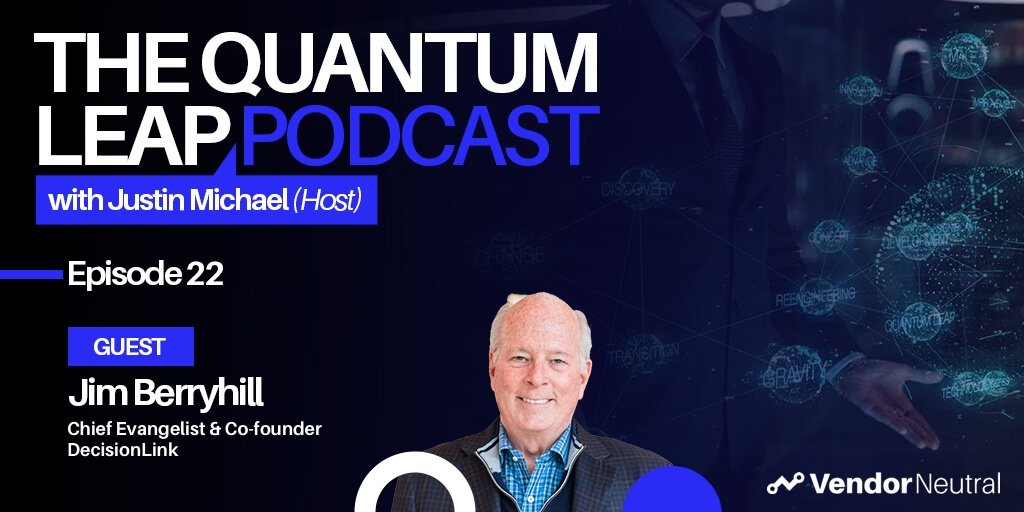 4 Opportunities For Massive Growth In Customer Value Management4 Opportunities For Massive Growth In Customer Value Management
4 Opportunities For Massive Growth In Customer Value Management4 Opportunities For Massive Growth In Customer Value Management -
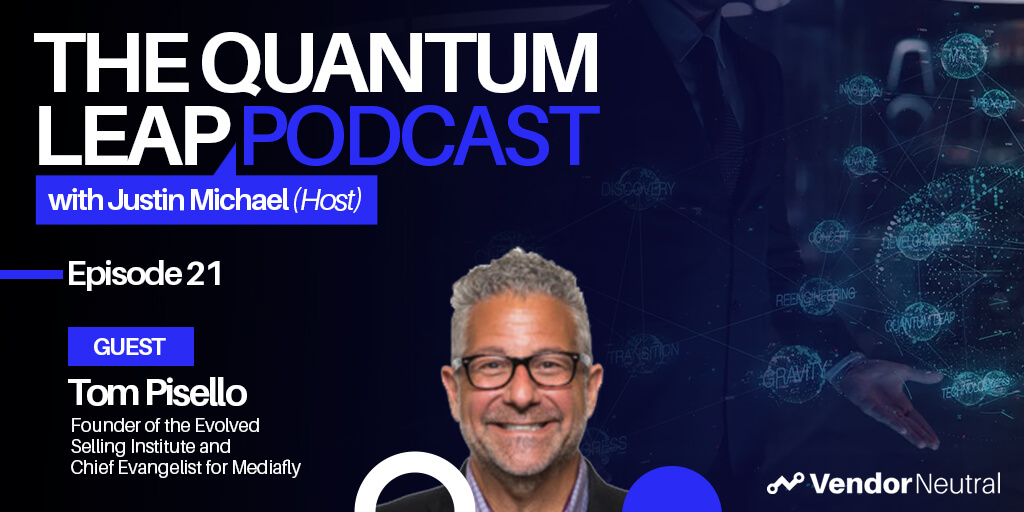 Closing the Customer Engagement Gap | Showing A Clear Case of ROIClosing the Customer Engagement Gap | Showing A Clear Case of ROI
Closing the Customer Engagement Gap | Showing A Clear Case of ROIClosing the Customer Engagement Gap | Showing A Clear Case of ROI -
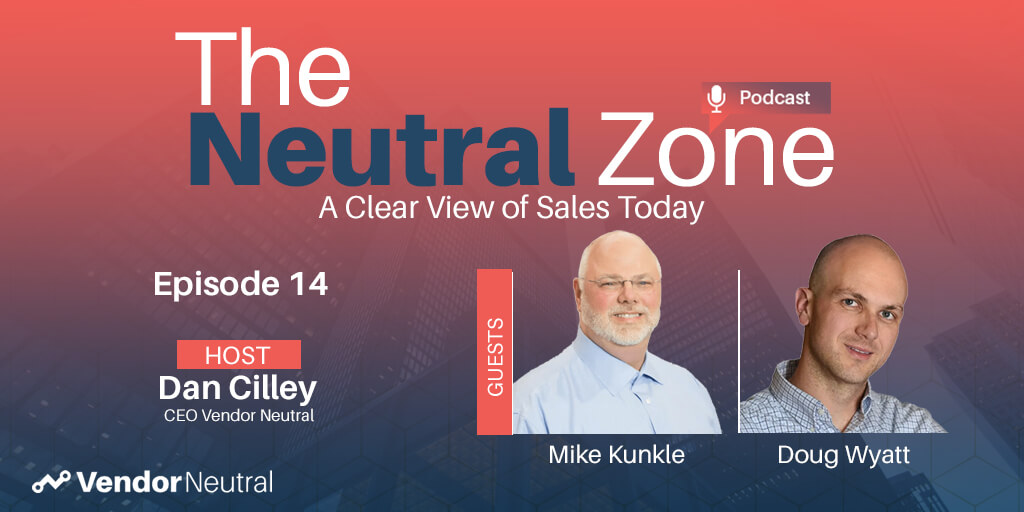 Buyer-Centric Selling | Modern Sales Foundations Virtual Sales TrainingBuyer-Centric Selling | Modern Sales Foundations Virtual Sales Training
Buyer-Centric Selling | Modern Sales Foundations Virtual Sales TrainingBuyer-Centric Selling | Modern Sales Foundations Virtual Sales Training -
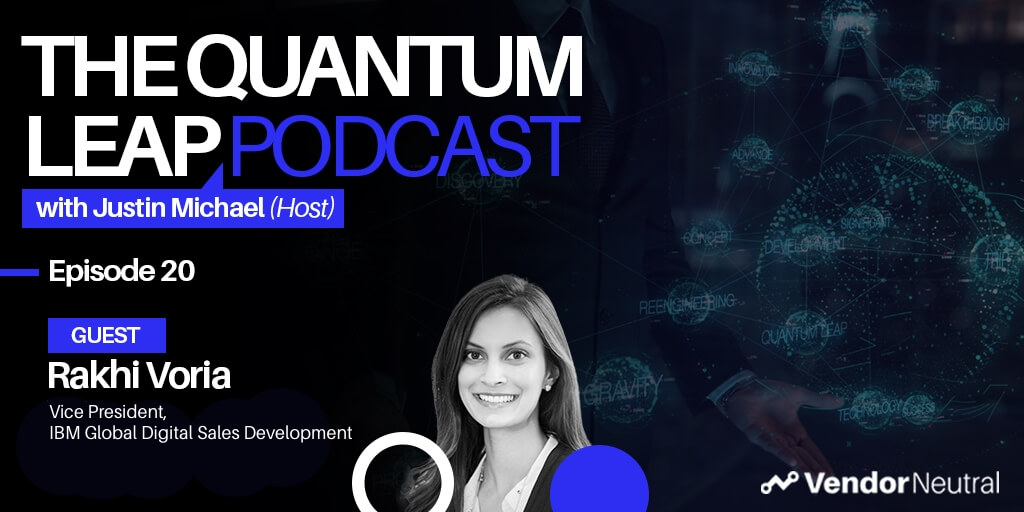 Biggest Trends in Digital TransformationBiggest Trends in Digital Transformation
Biggest Trends in Digital TransformationBiggest Trends in Digital Transformation -
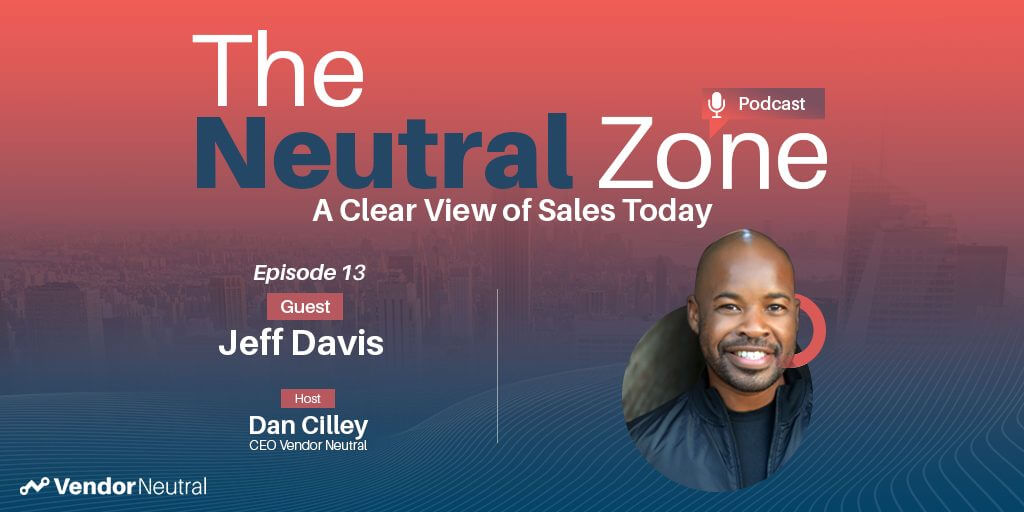 Focus on These 3 Things for Sales Technology AdoptionFocus on These 3 Things for Sales Technology Adoption
Focus on These 3 Things for Sales Technology AdoptionFocus on These 3 Things for Sales Technology Adoption -
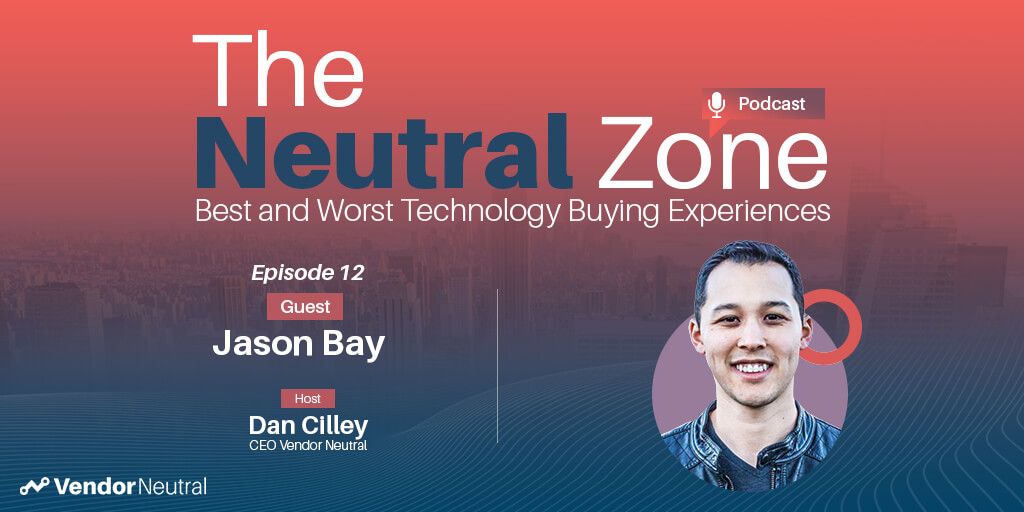 For Sales Technology Buyers A Customer Success Strategy is KeyFor Sales Technology Buyers A Customer Success Strategy is Key
For Sales Technology Buyers A Customer Success Strategy is KeyFor Sales Technology Buyers A Customer Success Strategy is Key -
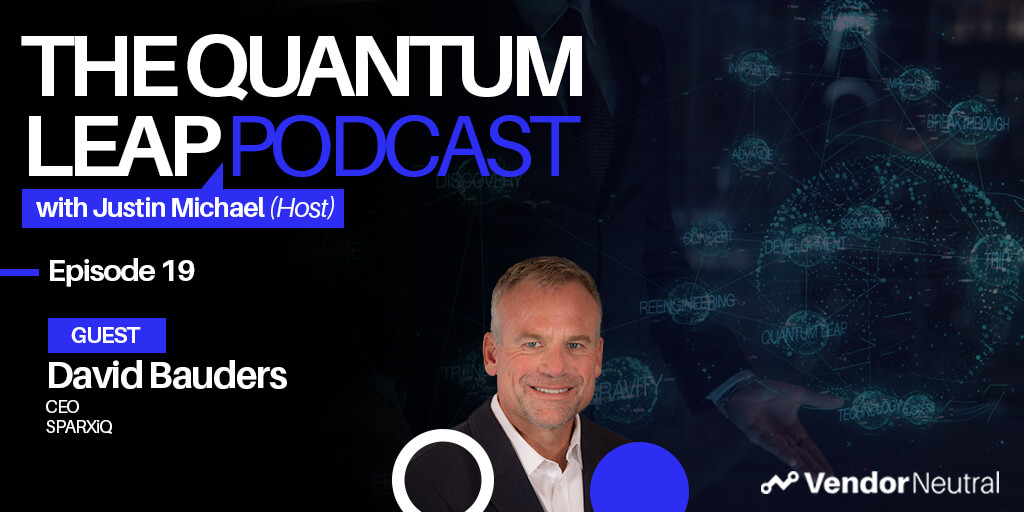 The Future of Sales TrainingThe Future of Sales Training
The Future of Sales TrainingThe Future of Sales Training -
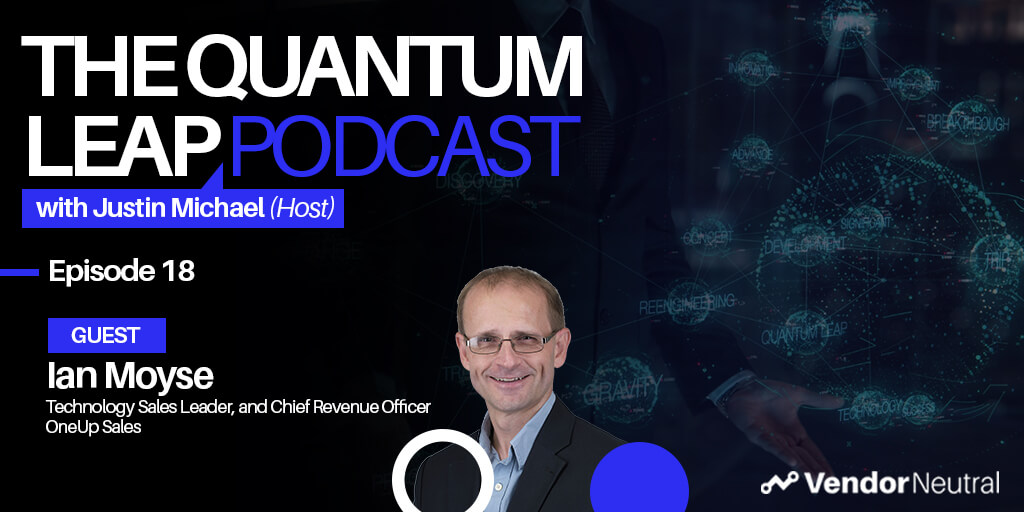 Sales Enablement to Generate Revenue in 2021 and BeyondSales Enablement to Generate Revenue in 2021 and Beyond
Sales Enablement to Generate Revenue in 2021 and BeyondSales Enablement to Generate Revenue in 2021 and Beyond -
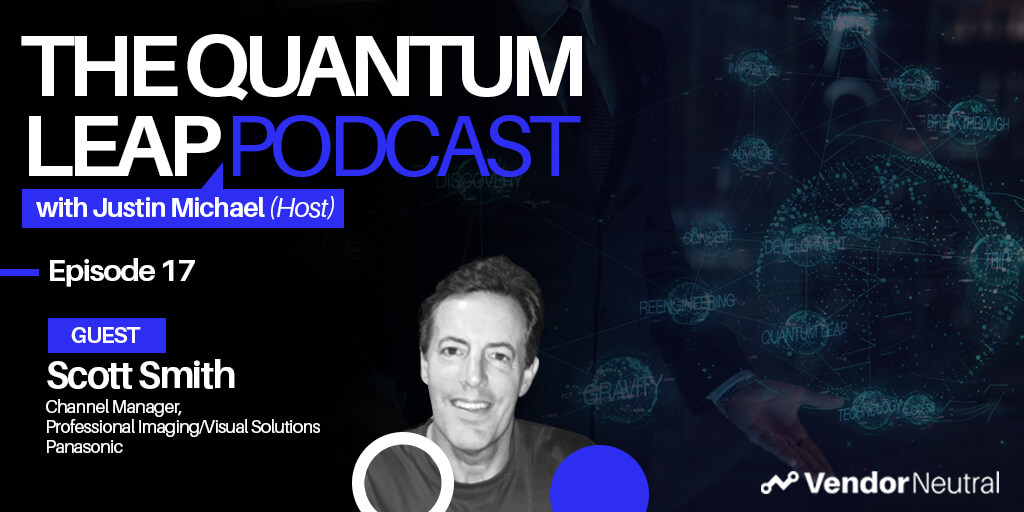 Leveraging Sales Technology in Enterprise Channel Sales | Start by identifying the problems you’re trying to solveLeveraging Sales Technology in Enterprise Channel Sales | Start by identifying the problems you’re trying to solve
Leveraging Sales Technology in Enterprise Channel Sales | Start by identifying the problems you’re trying to solveLeveraging Sales Technology in Enterprise Channel Sales | Start by identifying the problems you’re trying to solve -
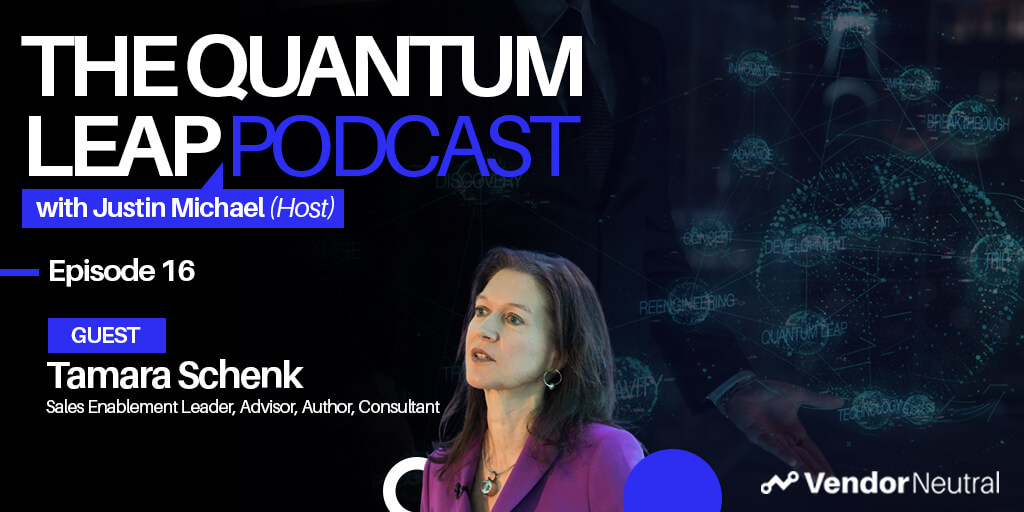 The One Question to Ask Before Sales Technology Implementation to Ensure the Success of Your Enablement InitiativeThe One Question to Ask Before Sales Technology Implementation to Ensure the Success of Your Enablement Initiative
The One Question to Ask Before Sales Technology Implementation to Ensure the Success of Your Enablement InitiativeThe One Question to Ask Before Sales Technology Implementation to Ensure the Success of Your Enablement Initiative -
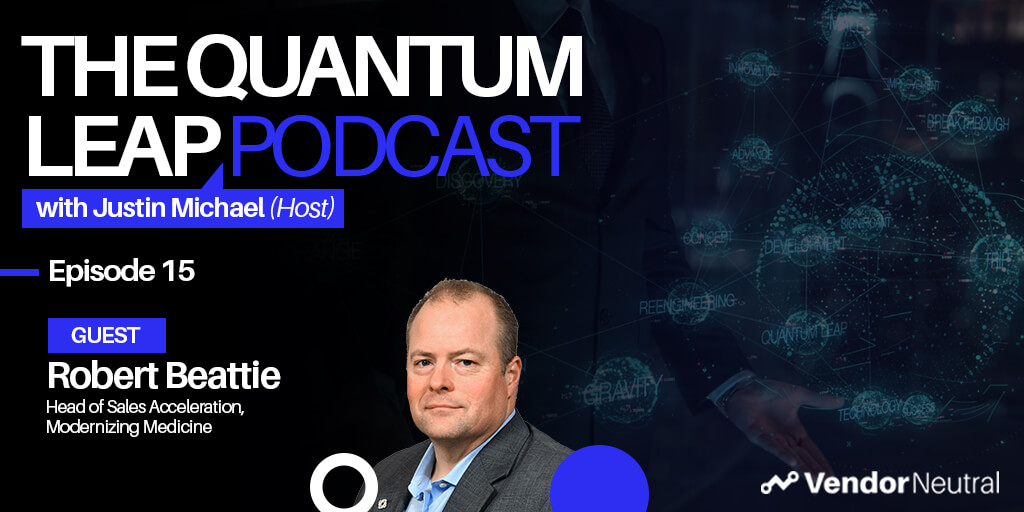 Digitally Enabled Enterprise Sales - Technology & Skills You'll Need in 2025Digitally Enabled Enterprise Sales - Technology & Skills You'll Need in 2025
Digitally Enabled Enterprise Sales - Technology & Skills You'll Need in 2025Digitally Enabled Enterprise Sales - Technology & Skills You'll Need in 2025 -
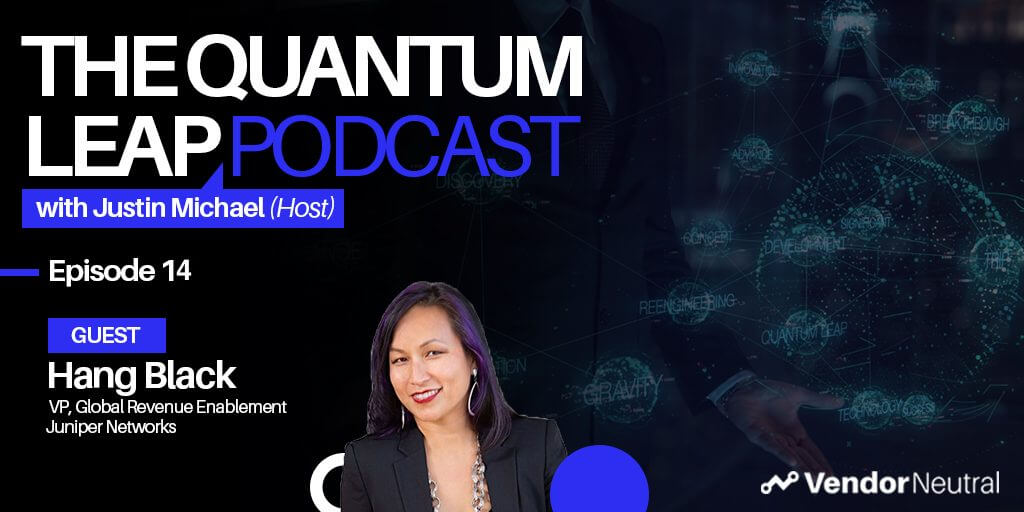 A Look Into The Future of Sales EnablementA Look Into The Future of Sales Enablement
A Look Into The Future of Sales EnablementA Look Into The Future of Sales Enablement -
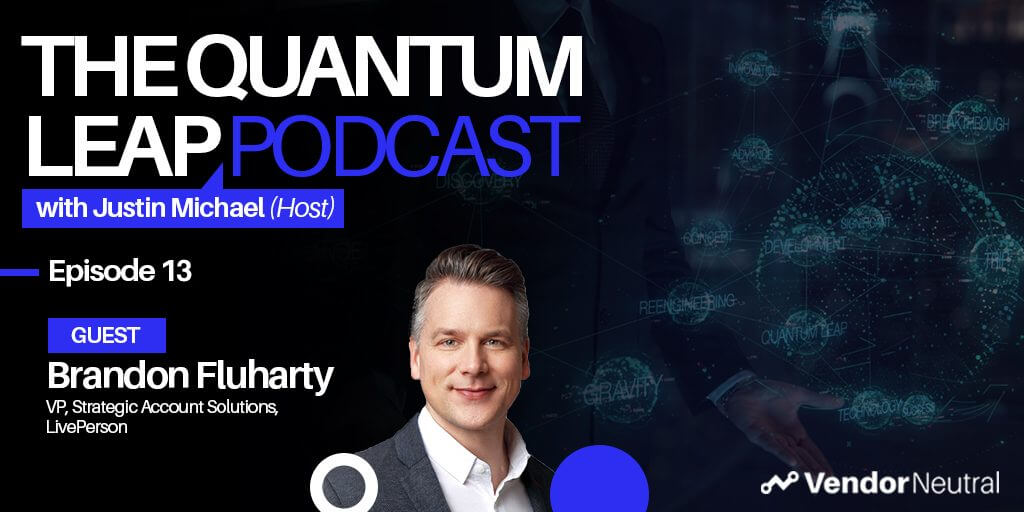 3 Ways Sales Technology will Shape the Future of Strategic Selling & Enterprise Sales3 Ways Sales Technology will Shape the Future of Strategic Selling & Enterprise Sales
3 Ways Sales Technology will Shape the Future of Strategic Selling & Enterprise Sales3 Ways Sales Technology will Shape the Future of Strategic Selling & Enterprise Sales -
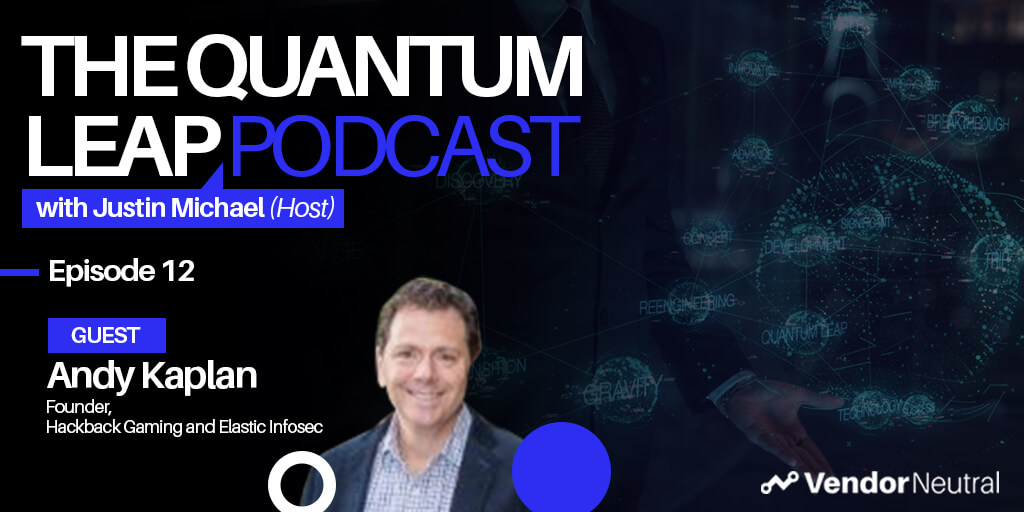 Future of Sales in the EnterpriseFuture of Sales in the Enterprise
Future of Sales in the EnterpriseFuture of Sales in the Enterprise -
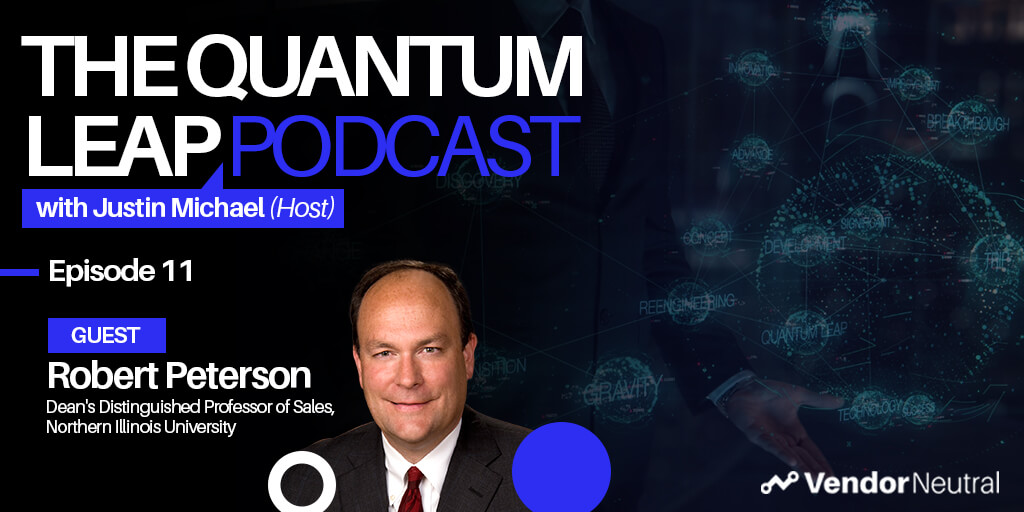 Developing the Revenue Leaders of TomorrowDeveloping the Revenue Leaders of Tomorrow
Developing the Revenue Leaders of TomorrowDeveloping the Revenue Leaders of Tomorrow -
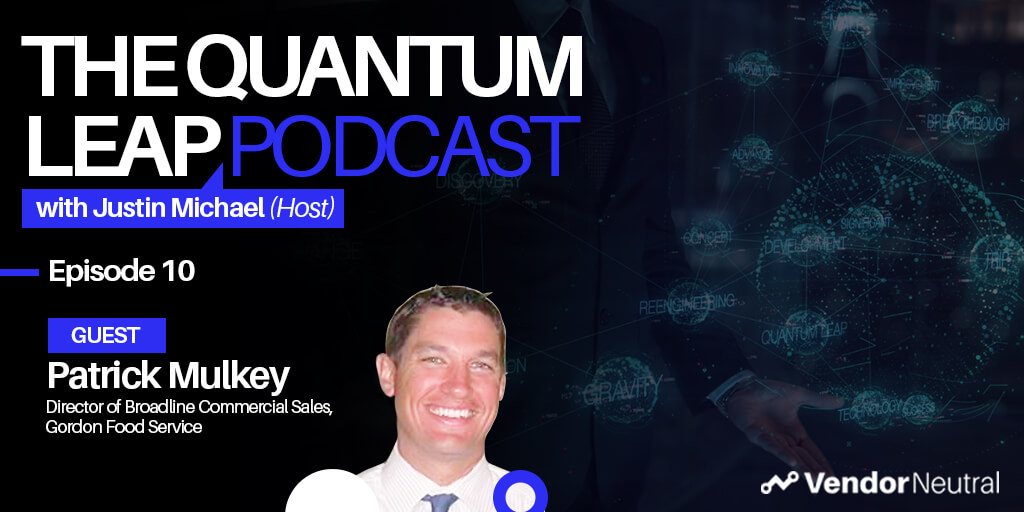 Evaluating and Updating Your Enterprise Sales Technology StackEvaluating and Updating Your Enterprise Sales Technology Stack
Evaluating and Updating Your Enterprise Sales Technology StackEvaluating and Updating Your Enterprise Sales Technology Stack -
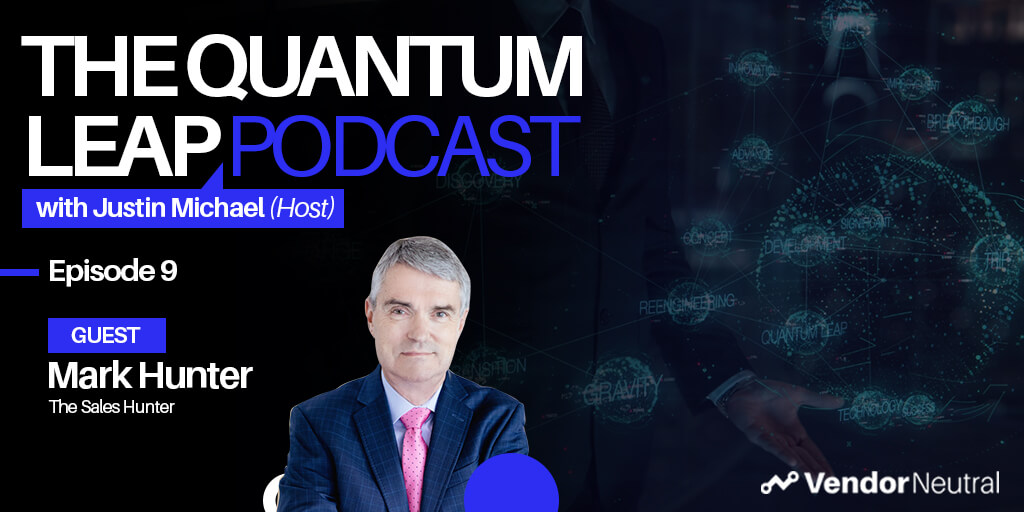 How-to Connect With Enterprise Buyers When Selling From HomeHow-to Connect With Enterprise Buyers When Selling From Home
How-to Connect With Enterprise Buyers When Selling From HomeHow-to Connect With Enterprise Buyers When Selling From Home -
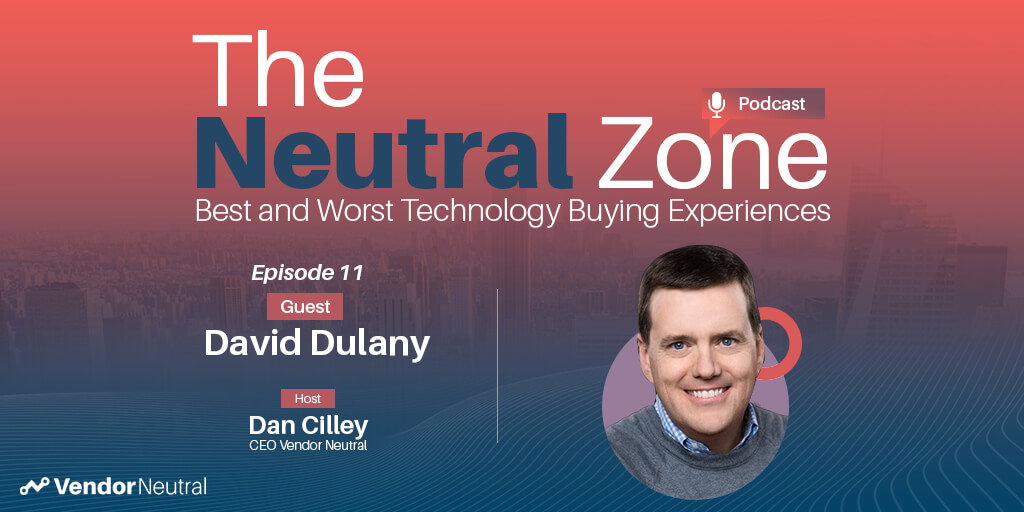 Is the Sales Technology Buying Process Over Engineered?Is the Sales Technology Buying Process Over Engineered?
Is the Sales Technology Buying Process Over Engineered?Is the Sales Technology Buying Process Over Engineered? -
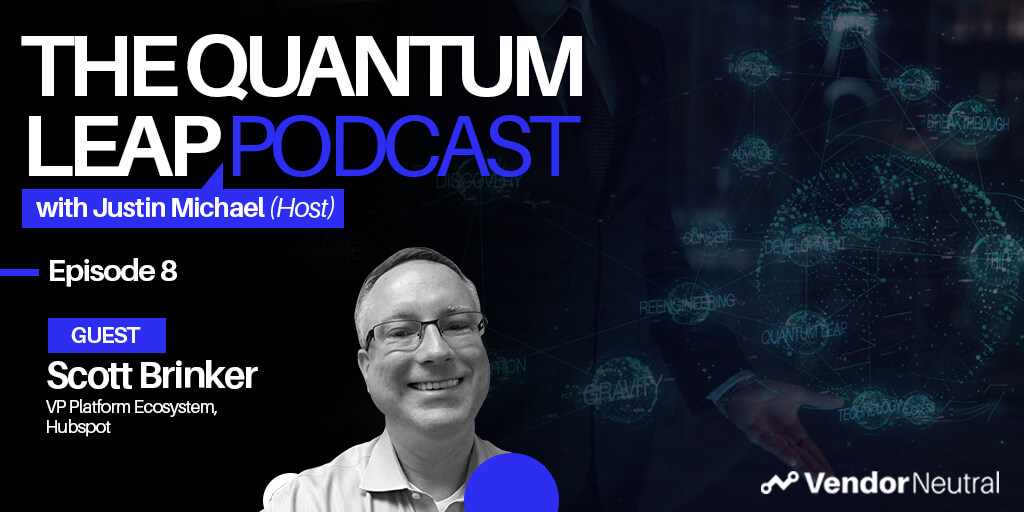 Tangible Ways to Digitally Transform Enterprise OrganizationsTangible Ways to Digitally Transform Enterprise Organizations
Tangible Ways to Digitally Transform Enterprise OrganizationsTangible Ways to Digitally Transform Enterprise Organizations -
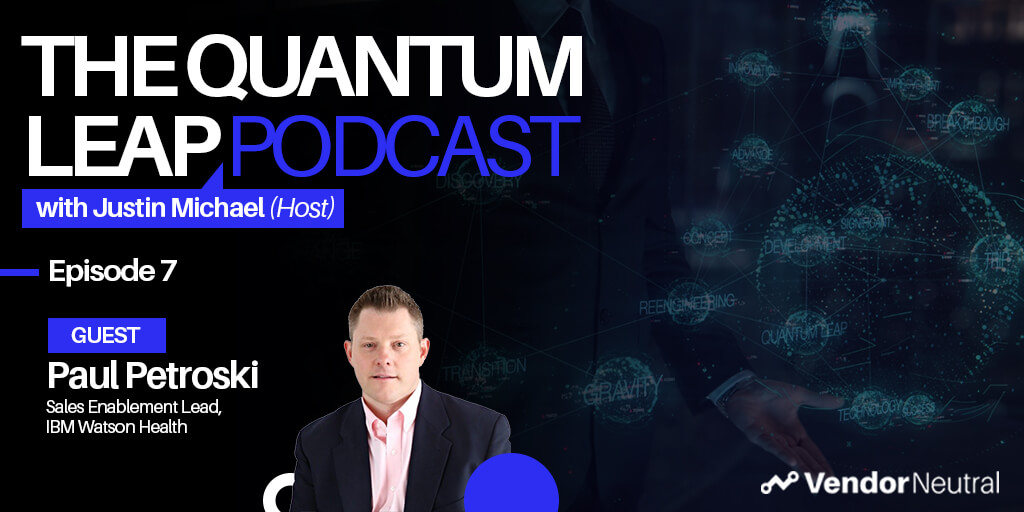 Quantum Leap Podcast Episode 7Quantum Leap Podcast Episode 7
Quantum Leap Podcast Episode 7Quantum Leap Podcast Episode 7 -
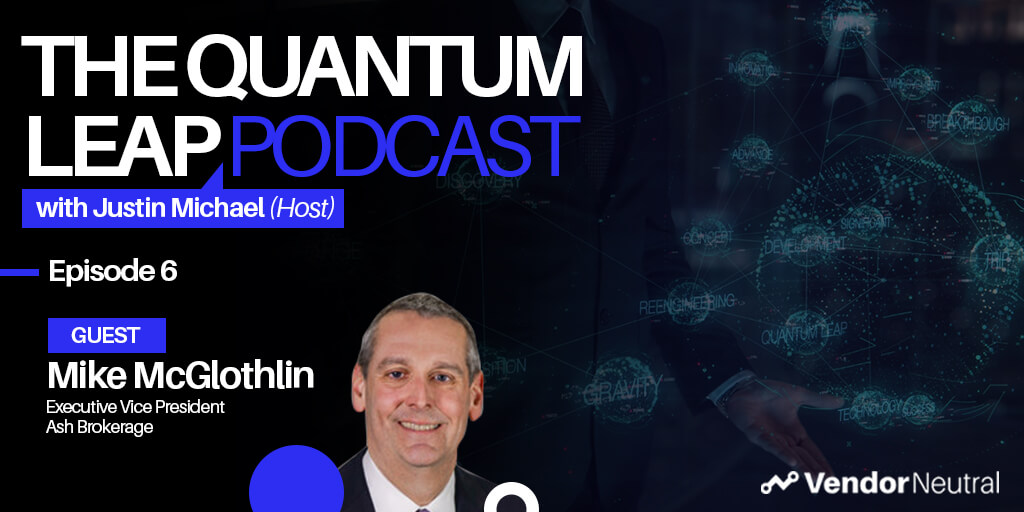 How Sales Technology is Making an Impact in the Financial SpaceHow Sales Technology is Making an Impact in the Financial Space
How Sales Technology is Making an Impact in the Financial SpaceHow Sales Technology is Making an Impact in the Financial Space -
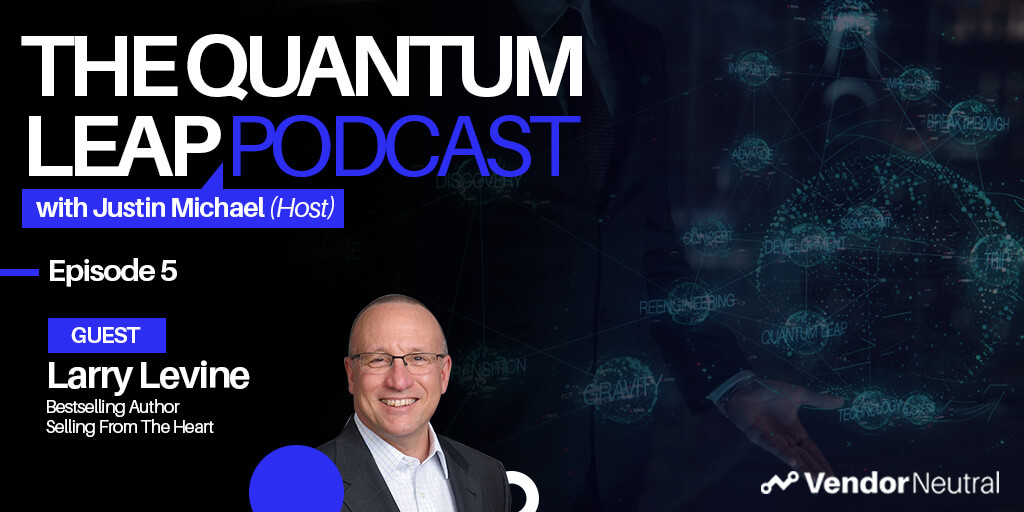 Quantum Leap Podcast Episode 5Quantum Leap Podcast Episode 5
Quantum Leap Podcast Episode 5Quantum Leap Podcast Episode 5 -
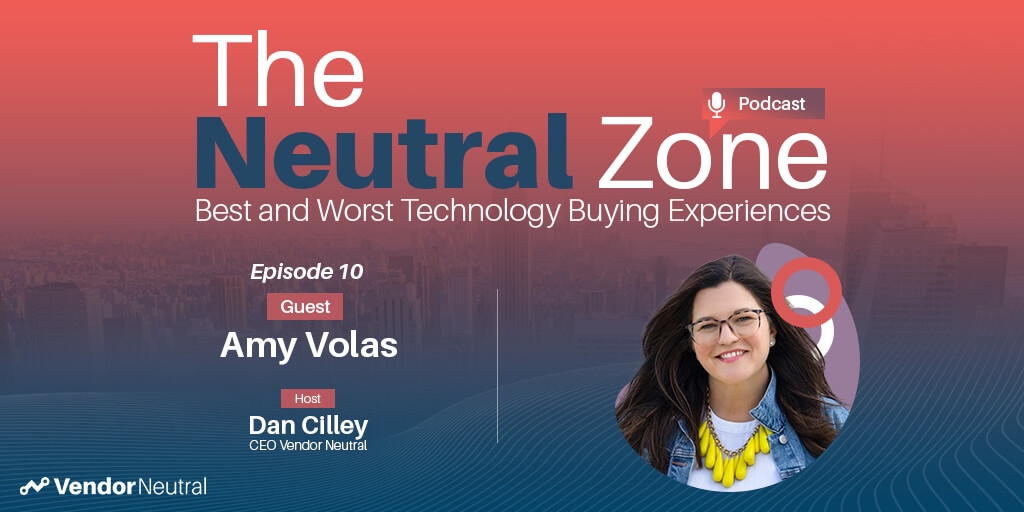 Clear View of Sales Episode 10 with Amy VolasClear View of Sales Episode 10 with Amy Volas
Clear View of Sales Episode 10 with Amy VolasClear View of Sales Episode 10 with Amy Volas -
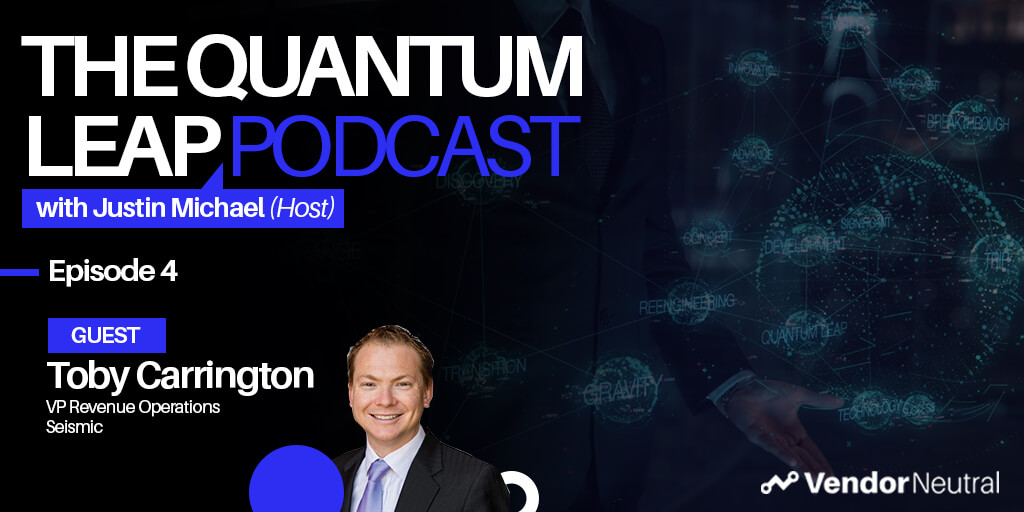 Quantum Leap Podcast Episode 4: Transforming Your Enterprise TechStack, The Future is Bright!Quantum Leap Podcast Episode 4: Transforming Your Enterprise TechStack, The Future is Bright!
Quantum Leap Podcast Episode 4: Transforming Your Enterprise TechStack, The Future is Bright!Quantum Leap Podcast Episode 4: Transforming Your Enterprise TechStack, The Future is Bright! -
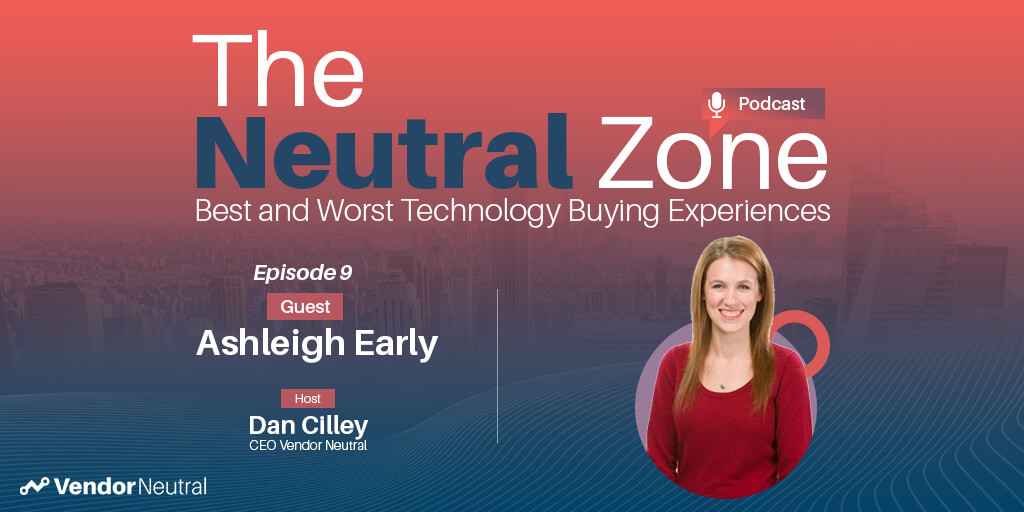 Clear View of Sales with Ashleigh Early:Clear View of Sales with Ashleigh Early:
Clear View of Sales with Ashleigh Early:Clear View of Sales with Ashleigh Early: -
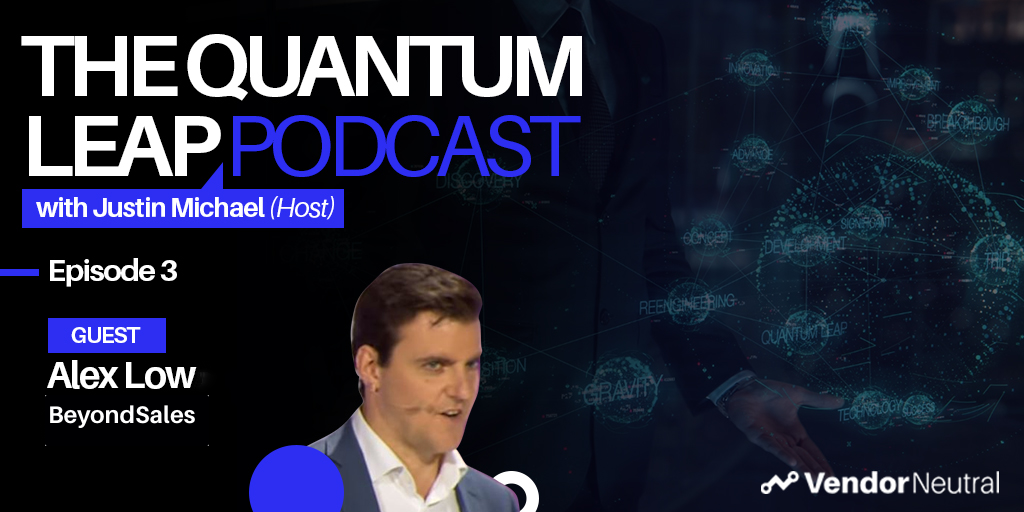 Quantum Leap Episode 3: Unlock the Mystery of Enterprise TransformationQuantum Leap Episode 3: Unlock the Mystery of Enterprise Transformation
Quantum Leap Episode 3: Unlock the Mystery of Enterprise TransformationQuantum Leap Episode 3: Unlock the Mystery of Enterprise Transformation -
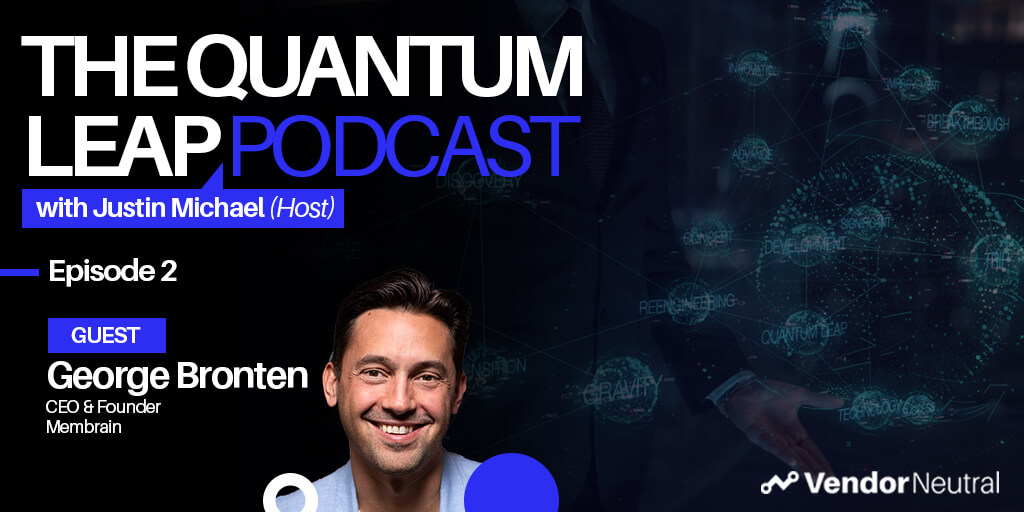 Quantum Leap Podcast Episode 2Quantum Leap Podcast Episode 2
Quantum Leap Podcast Episode 2Quantum Leap Podcast Episode 2 -
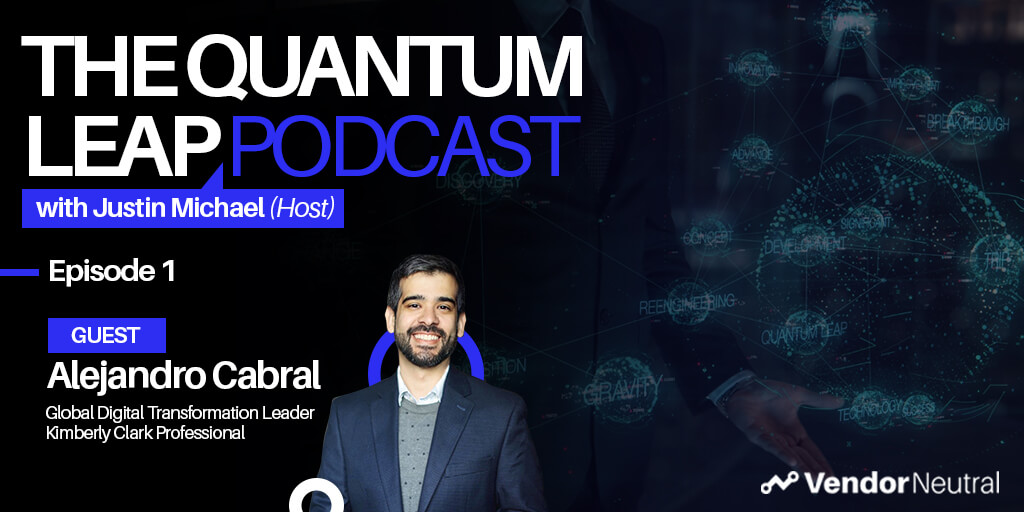 Quantum Leap Podcast Episode 1Quantum Leap Podcast Episode 1
Quantum Leap Podcast Episode 1Quantum Leap Podcast Episode 1 -
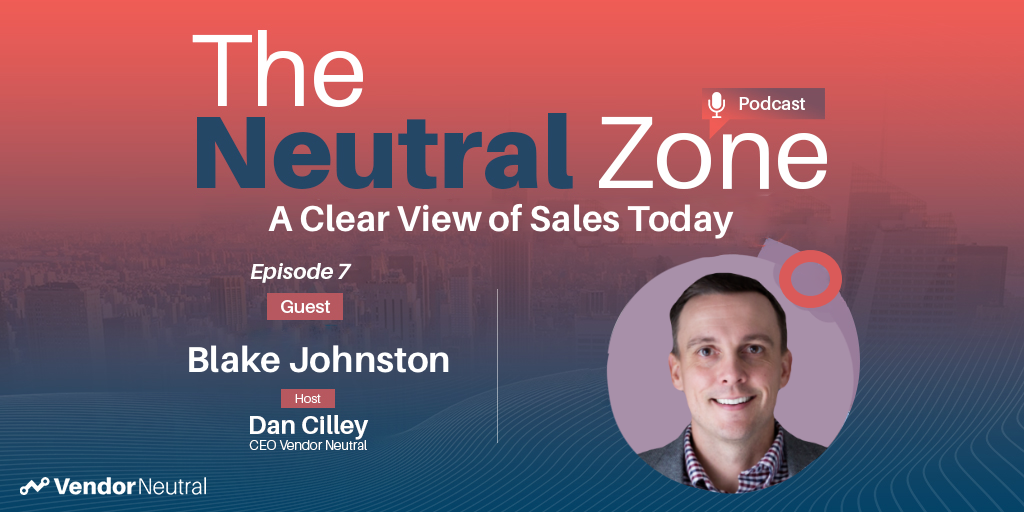 The Best & Worst B2B Technology Buying Experiences With Blake JohnstonThe Best & Worst B2B Technology Buying Experiences With Blake Johnston
The Best & Worst B2B Technology Buying Experiences With Blake JohnstonThe Best & Worst B2B Technology Buying Experiences With Blake Johnston -
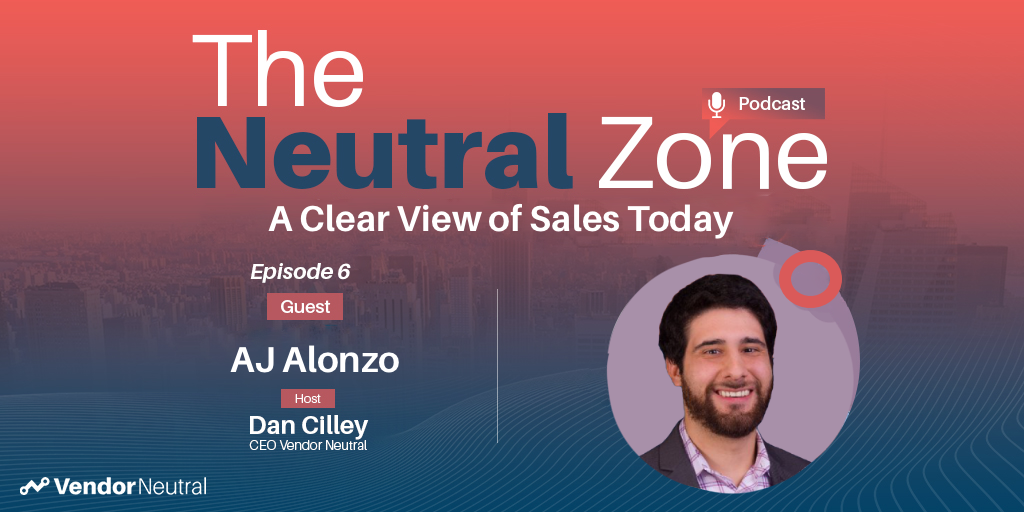 The Best & Worst B2B Technology Buying Experiences With AJ AlonzoThe Best & Worst B2B Technology Buying Experiences With AJ Alonzo
The Best & Worst B2B Technology Buying Experiences With AJ AlonzoThe Best & Worst B2B Technology Buying Experiences With AJ Alonzo -
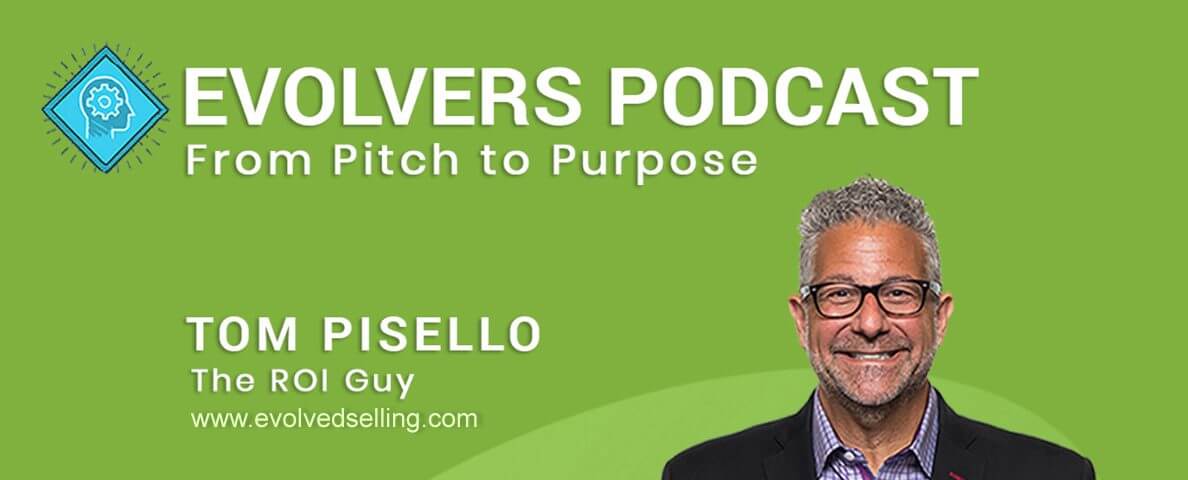 Evolvers Podcast: The Democratization of Sales Enablement? With Dan CilleyEvolvers Podcast: The Democratization of Sales Enablement? With Dan Cilley
Evolvers Podcast: The Democratization of Sales Enablement? With Dan CilleyEvolvers Podcast: The Democratization of Sales Enablement? With Dan Cilley -
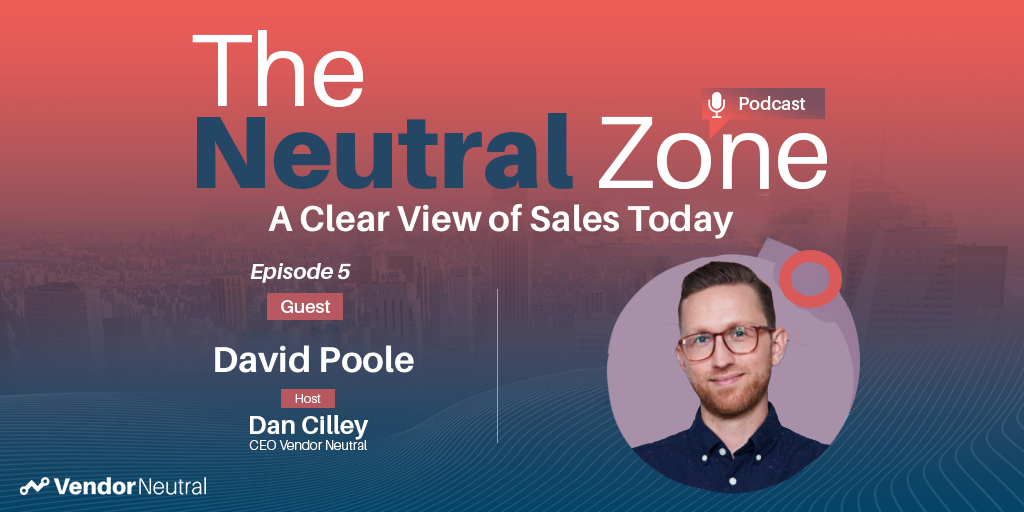 The Best & Worst B2B Technology Buying Experiences With David PooleThe Best & Worst B2B Technology Buying Experiences With David Poole
The Best & Worst B2B Technology Buying Experiences With David PooleThe Best & Worst B2B Technology Buying Experiences With David Poole -
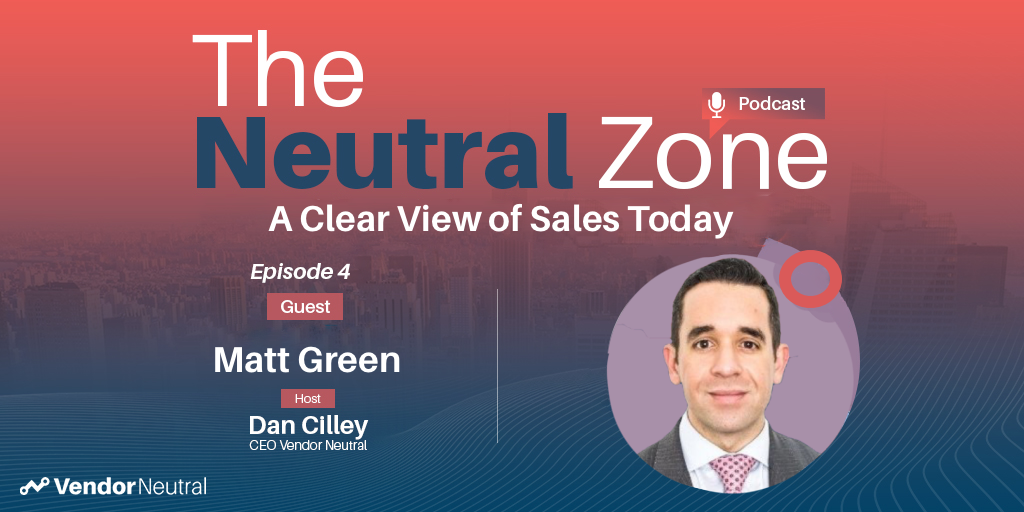 The Best & Worst B2B Technology Buying Experiences With Matt GreenThe Best & Worst B2B Technology Buying Experiences With Matt Green
The Best & Worst B2B Technology Buying Experiences With Matt GreenThe Best & Worst B2B Technology Buying Experiences With Matt Green -
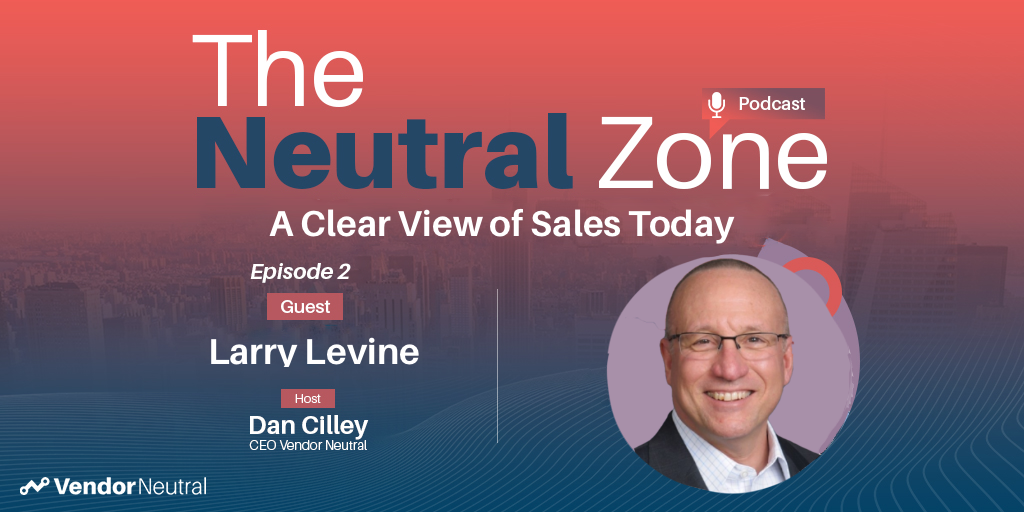 The Best & Worst B2B Technology Buying Experiences with Larry LevineThe Best & Worst B2B Technology Buying Experiences with Larry Levine
The Best & Worst B2B Technology Buying Experiences with Larry LevineThe Best & Worst B2B Technology Buying Experiences with Larry Levine -
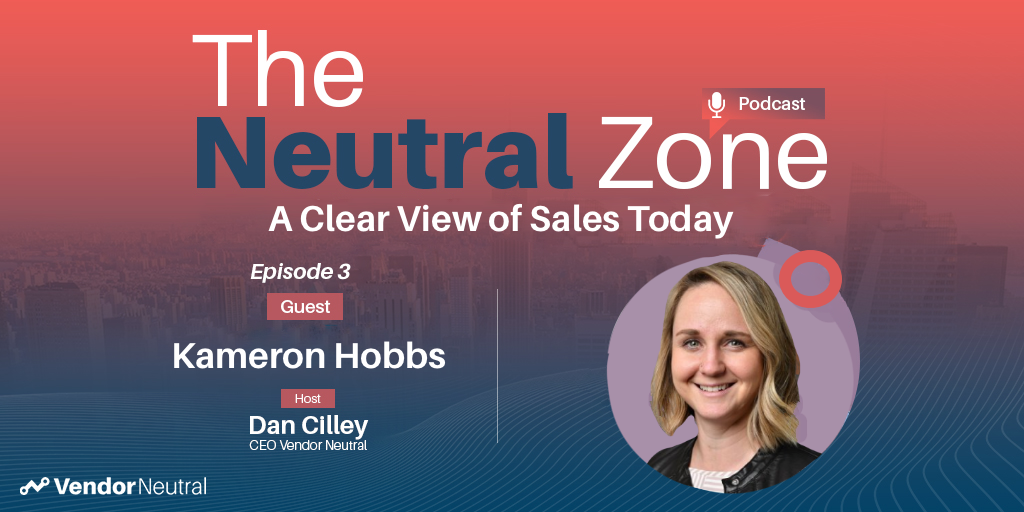 The Best & Worst B2B Technology Buying Experiences with Kameron HobbsThe Best & Worst B2B Technology Buying Experiences with Kameron HobbsVideo
The Best & Worst B2B Technology Buying Experiences with Kameron HobbsThe Best & Worst B2B Technology Buying Experiences with Kameron HobbsVideo -
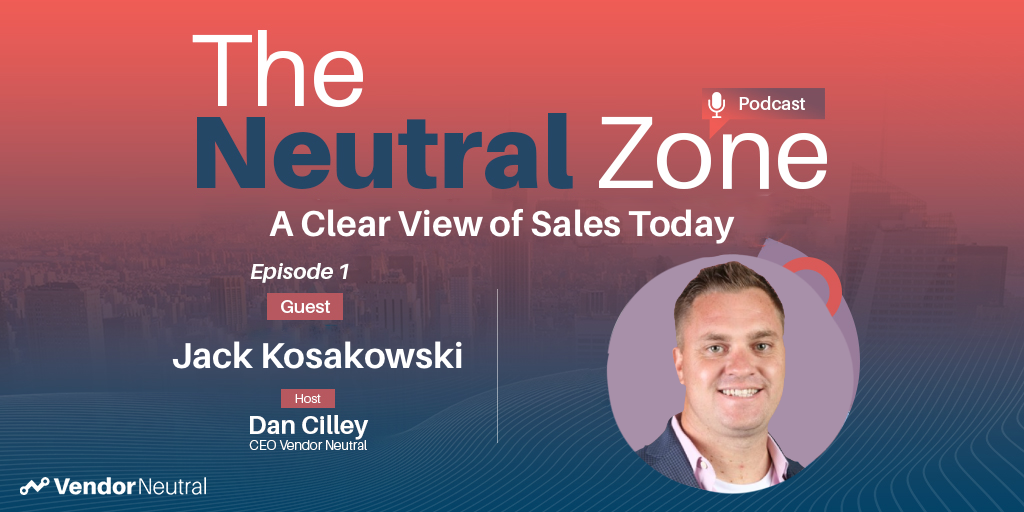 The Best & Worst B2B Technology Buying Experiences with Jack KosakowsiThe Best & Worst B2B Technology Buying Experiences with Jack KosakowsiPodcast
The Best & Worst B2B Technology Buying Experiences with Jack KosakowsiThe Best & Worst B2B Technology Buying Experiences with Jack KosakowsiPodcast
